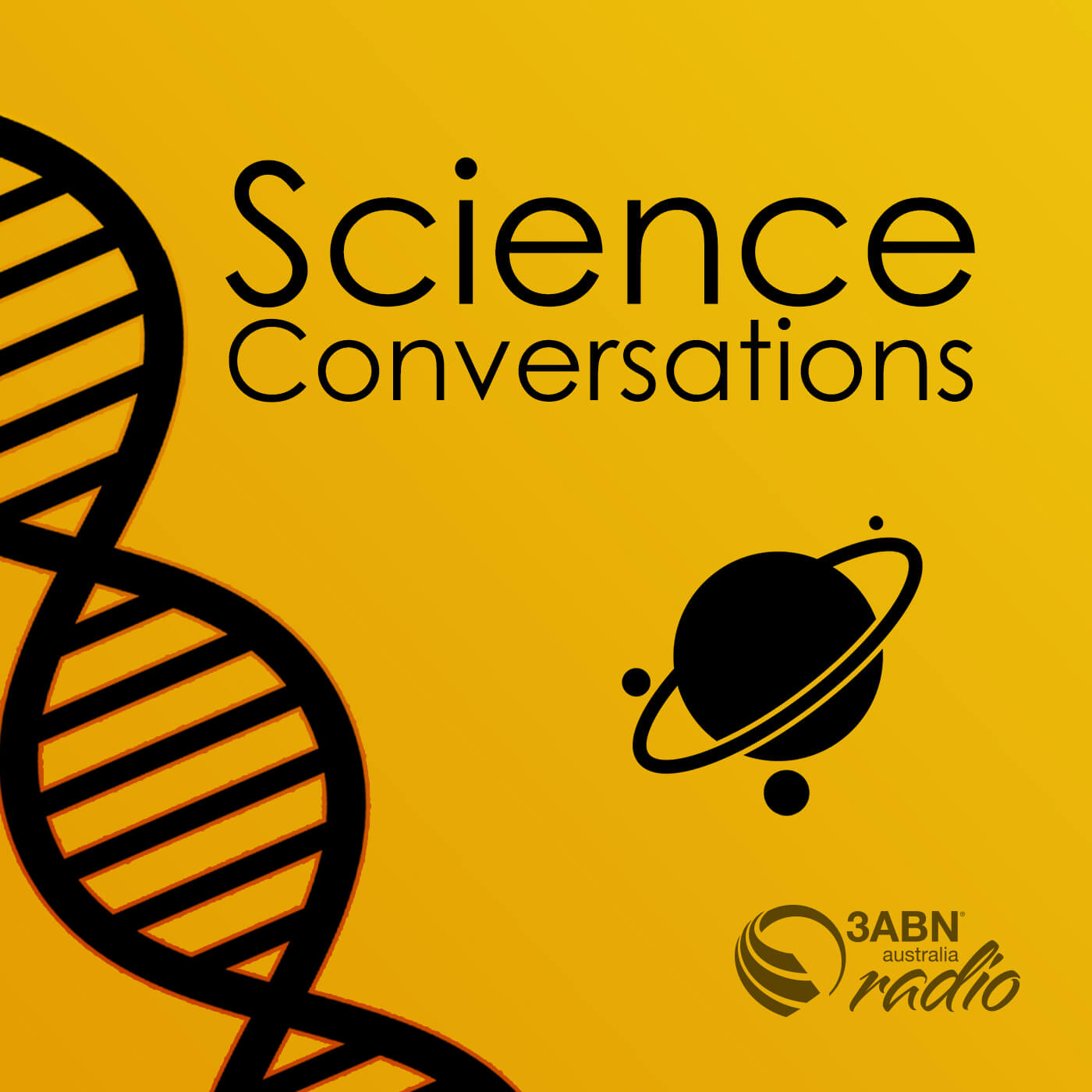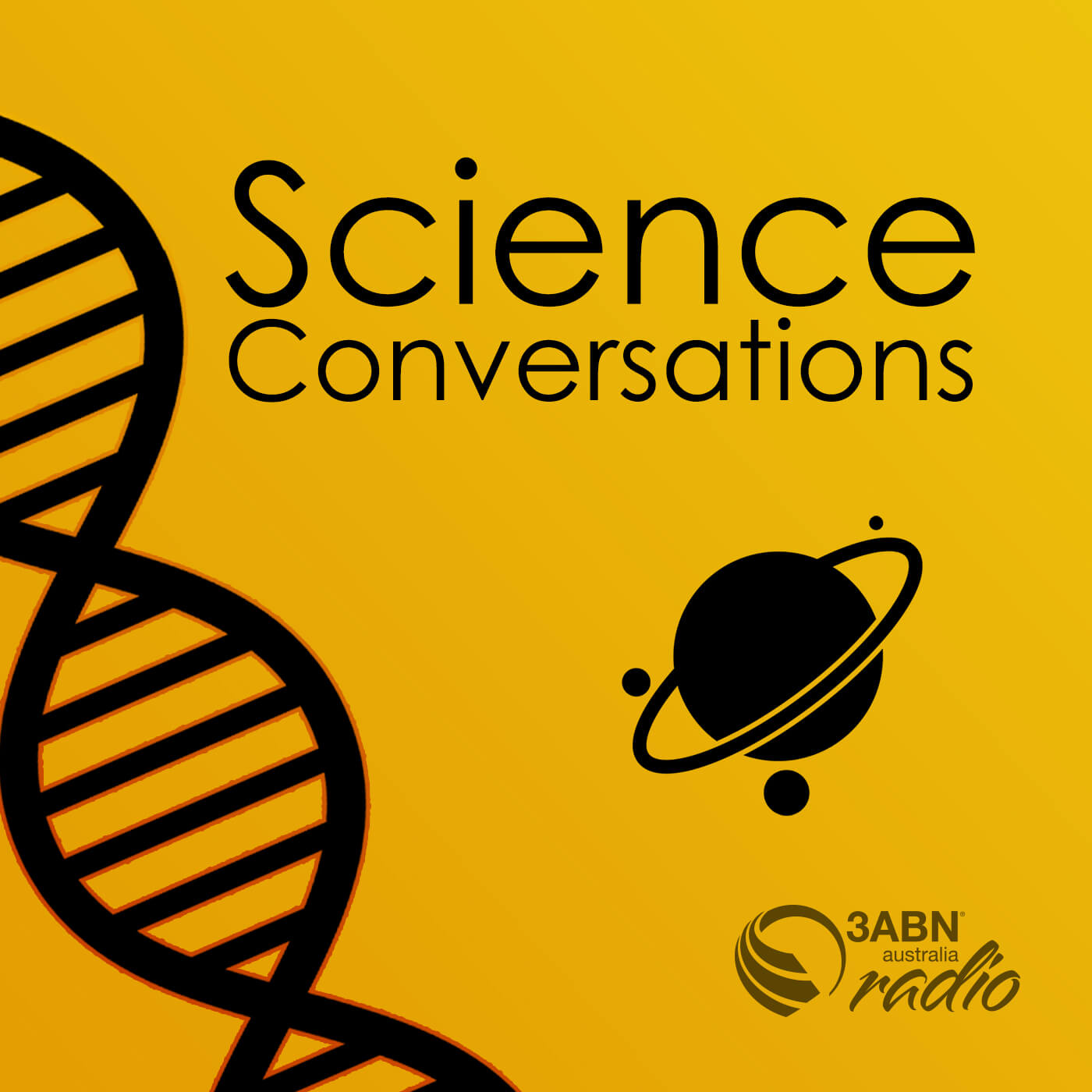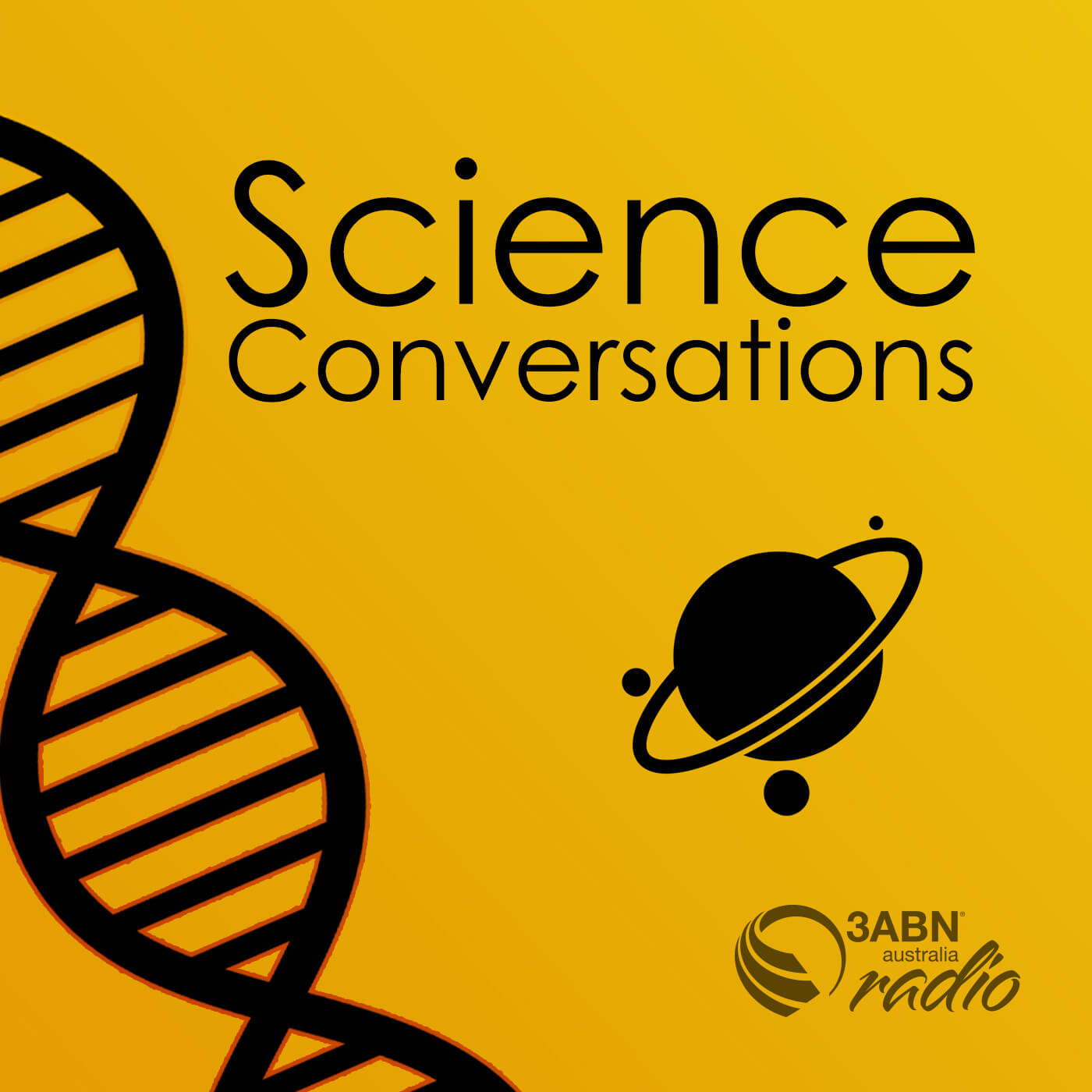Episode Transcript
Speaker A
Welcome to Science Conversations. I am Kaysie Vokurka. What was Darwin's theory of evolution really about? Joining me to discuss part three of this topic is Dr. John Ashton. Welcome to the programme, Dr. John.
Speaker B
Hi Kaysie
Speaker A
Good to have you with us again. And we are going to be talking a little bit more from this book Evolution Impossible by Dr. John Ashton. And we'll be discussing some more information that he has included in chapter two from this book. So we've been talking all about Darwin's theory of evolution and the evidence for it. And we're going to come now to the topic of what he thought about human evolution. So what was his idea about that?
Speaker B
Yes, well Darwin's obviously thought along the lines that, you know, apes and gorillas were similar to, you know, to humans but was probably Thomas Huxley's influence who published a book a few years after Darwin that where Huxley strongly proposed that humans had evolved from apes. And Darwin then expanded that on a book that he wrote a little bit later as well. So this of course has been taken up with the classic drawing that you see of sort of, you know, for ape gradually evolving into this hunky caveman type guy. That is a picture there. And of course with the study of genetics, a lot of research has gone into, for example studying the genome of chimpanzees, for example, that are believed to be the closest to us. Now it's not believed that we essentially evolved from chimpanzees, but rather chimpanzees and humans evolved from some common ancestor before then. So as we look at it from a modern perspective, that's the way that it's essentially taught in biology classes that humans and apes split off from some common ancestor in the past and we evolved into the human things. Now one of the big areas is of course to have a look in the fossil record for okay, what was this species and how are they connected? And that's where they come up with all these different finds. Such as Lucy was a classic example that was examined there of course. But as we look at more recent research they found, well, Lucy actually was a, I think was a pygmy type chimpanzee or something like that. And so essentially from my reading of the latest research, all these claimed possible evolutionary ancestors to humans have either been shown to either be fully ape or fully human. And so this is, you know, actually, you know, quite, quite important. The other thing is too that we often have these artists impressions of these particular so called fossils and this sort of thing and the way they're drawn, can often lead you to think, oh, yeah, that's very human like. Whereas in actual fact, if we looked at the bone structure and for example, in the case of Lucy, the hip structure and this sort of thing, be very difficult for her to have stood up as a human, for example, for any length of time, this sort of thing, because of the angle of the bones, place joining in the pelvis area and so forth. So some of these technicalities. Now, the other claim that's often made, of course, is that, you know, humans and chimps share, you know, 96%, you know, common DNA, this sort of thing, but we need to remember that these animals, yeah, they have similar blood count and that's why we do a lot of medical experiments using chimpanzee. Yeah, they've, you know, got four legs and similar, you know, organs and so forth to humans. But another thing that we need to understand too is when they talk about 96% similarity, this is of the DNA genetic code that we really understand what we're talking about. So while we've measured the extent of the genetic code, we really don't understand what all the code does. And that's why a lot of the code that we've. And I forget the percentage of the code that we really understand what it's done, but it's a relatively small percentage. And as we've been doing a lot more research into understanding the genetic code, we understand large parts of the code that in the past they thought was junk DNA that they thought were reminiscent from this evolutionary pathway we now know as involved in switching on and off genes and this sort of thing. And so when we look at these differences, they become quite significant. The other thing is, though, that if we look at this evidence, it's very. The similarities between, for example, apes, monkeys and humans and this sort of thing that would also fit a common designer, you know, sort of picture who utilised common features that worked as he created all the different models. And, you know, a classic example of this would be contrasting a Porsche and a VW car. A huge difference in price. You know, if you have a 1950s Porsche versus a 1950s Volkswagen at the moment, there's a huge difference in price. You'd get at a classic car option. And yet they had the same designer, you know, rear air, cooled engine, front boot and all sorts of sort of things.
Speaker A
And similarities.
Speaker B
And a lot of similarities, yes, but it was just these good design features were utilised in a number of ways.
Speaker A
Yeah, that's really interesting how that. How you can have two different worldviews and the same evidence. And it's all about how you interpret it, isn't it really? Because you can make something fit whatever you want to. But I guess what speaks stronger here is the volume of evidence and the consistency across multiple different approaches. That is what speaks more to what is more likely to have been the appropriate theory. So another thing that I think influenced Darwin's theory was something called, something that Haeckel. Was it Haeckel's drawings or something like that about embryology tell us a little bit more about that.
Speaker B
Yes. So not long after Darwin published his book, a German scientist published these drawings of embryos in which he claimed that they all had gills, it and gill functions and that this was evidence of evolution. So during the development of an embryo, it carried these historical remnants of the whole evolution of that particular species. And Darwin actually became quite enamoured with this concept. And it's fascinating how this concept has persisted in biology books. And one of the things that astounds me was that it really wasn't checked out till the mid-1990s. And in the mid-1990s, 1990s, a paper was published by some researchers who actually got the embryos of a wide variety of species, turtle mice and so forth, chickens and so forth. And they looked at these embryos and none of them had the gill sets that were claimed. There were. None of them had this fish origin and so forth that was claimed. And none of them actually had the evidence of this evolutionary development that was claimed. But the fascinating thing is that this has persisted in biology textbooks as a major evidence for evolution. And essentially many of the science teachers that are teaching our children today in schools would have been taught this stuff. Matter of fact, I was in a university library a little while ago and there was one of the main biology textbooks that's used in first year biology at universities still had Haeckel's drawings, even though it was a 2005 printing on the seventh edition of that major textbook.
Speaker A
So it's like 15 years on from when they first showed that, hey, these embryos don't even have gills like what Heckel did.
Speaker B
That's right, yes. It hadn't been updated and I haven't seen. I don't know what the very latest ones are doing. But this really just shows that people are very reluctant to get rid of the evidence that we have that evolution actually didn't happen. Evolution is not the expert. The overwhelming explanation for how all the different life forms came to be is an amazing creator. The evidence for Intelligent design is everywhere.
Speaker A
Yeah. And certainly seems like that's a much more consistent belief when you see that all of the different evidence and how it lines up, it's much more consistent with an intelligent, an intelligent design worldview. So we're going to continue to explore this fascinating topic and next time we're going to look at can living cells arise by chance. So to be sure to join us for that one.


